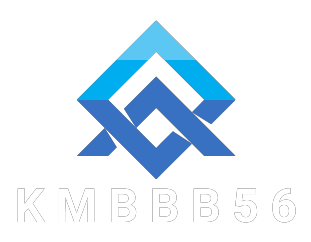In today’s fast-paced world, businesses are continually seeking methods to enhance efficiency and drive results. Two prevalent strategies are Fastwin and traditional approaches. Understanding their differences can help organizations choose the right path for their goals Fastwin. Let’s dive into this comparative analysis.
What is Fastwin?
Fastwin is a modern methodology that emphasizes rapid execution, agility, and iterative processes. It’s often associated with startups and tech companies that need to adapt quickly to market changes. The core principles of Fastwin include:
- Speed: Fastwin prioritizes rapid delivery of results, often using short cycles or sprints.
- Flexibility: It allows teams to pivot quickly based on feedback or changes in the market.
- Collaboration: Emphasizes cross-functional teamwork and open communication to foster innovation.
Traditional Approaches: An Overview
Traditional approaches, often characterized by their structured and sequential methodologies, have been the backbone of many industries for decades. Key features include:
- Rigidity: Plans are typically set in stone, with a clear sequence of steps.
- Comprehensive Planning: Extensive upfront analysis and documentation are required before execution.
- Hierarchy: Often follows a top-down approach, with decision-making concentrated among a few.
Comparative Analysis
1. Speed of Execution
Fastwin: With its iterative cycles, Fastwin enables quicker execution and the ability to launch products or initiatives in a matter of weeks rather than months. This speed can be crucial in industries where market dynamics change rapidly.
Traditional: Traditional approaches may involve lengthy planning phases, resulting in delayed timelines. This can be a disadvantage in fast-moving markets, where responsiveness is key.
2. Adaptability
Fastwin: The agile nature of Fastwin means teams can easily adapt to feedback or new information, allowing for real-time improvements. This responsiveness often leads to more successful outcomes that align closely with market needs.
Traditional: Adaptability in traditional approaches can be challenging. Once a plan is in motion, changing course may require extensive re-evaluation and additional approval processes, which can slow down progress.
3. Team Collaboration
Fastwin: This methodology thrives on collaboration and transparency. Teams work closely together, often using collaborative tools that facilitate communication and shared insights, leading to innovative solutions.
Traditional: Collaboration can be limited in traditional structures, as departments may operate in silos. Communication tends to be formalized, which can stifle creativity and the quick exchange of ideas.
4. Risk Management
Fastwin: Fastwin allows for incremental risk-taking. By testing ideas quickly and gathering data, teams can identify failures early and learn from them without significant resource expenditure.
Traditional: Traditional approaches often involve comprehensive risk assessments before any action is taken, which can be beneficial but may also hinder quick decision-making and innovation.
Conclusion
Both Fastwin and traditional approaches have their merits, and the best choice often depends on the specific context and goals of an organization. Fastwin is ideal for environments that prioritize speed, flexibility, and innovation, while traditional methods may still hold value in more structured industries that require meticulous planning and risk management.
